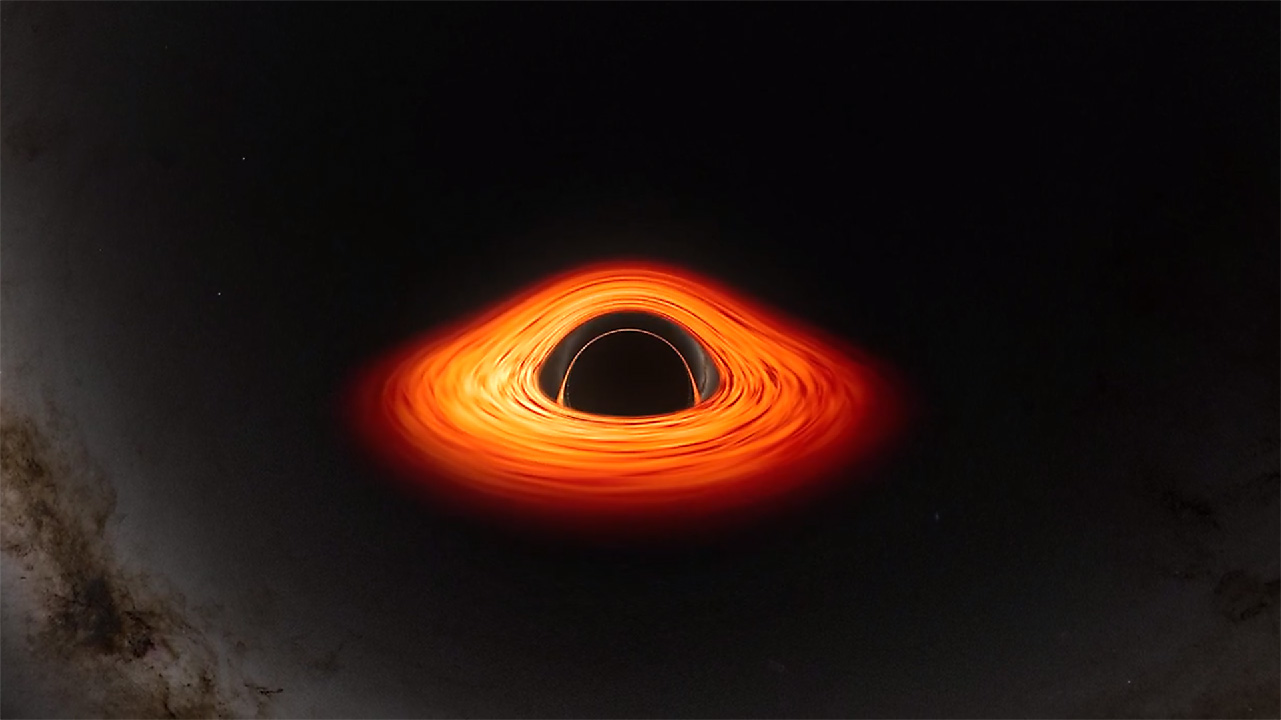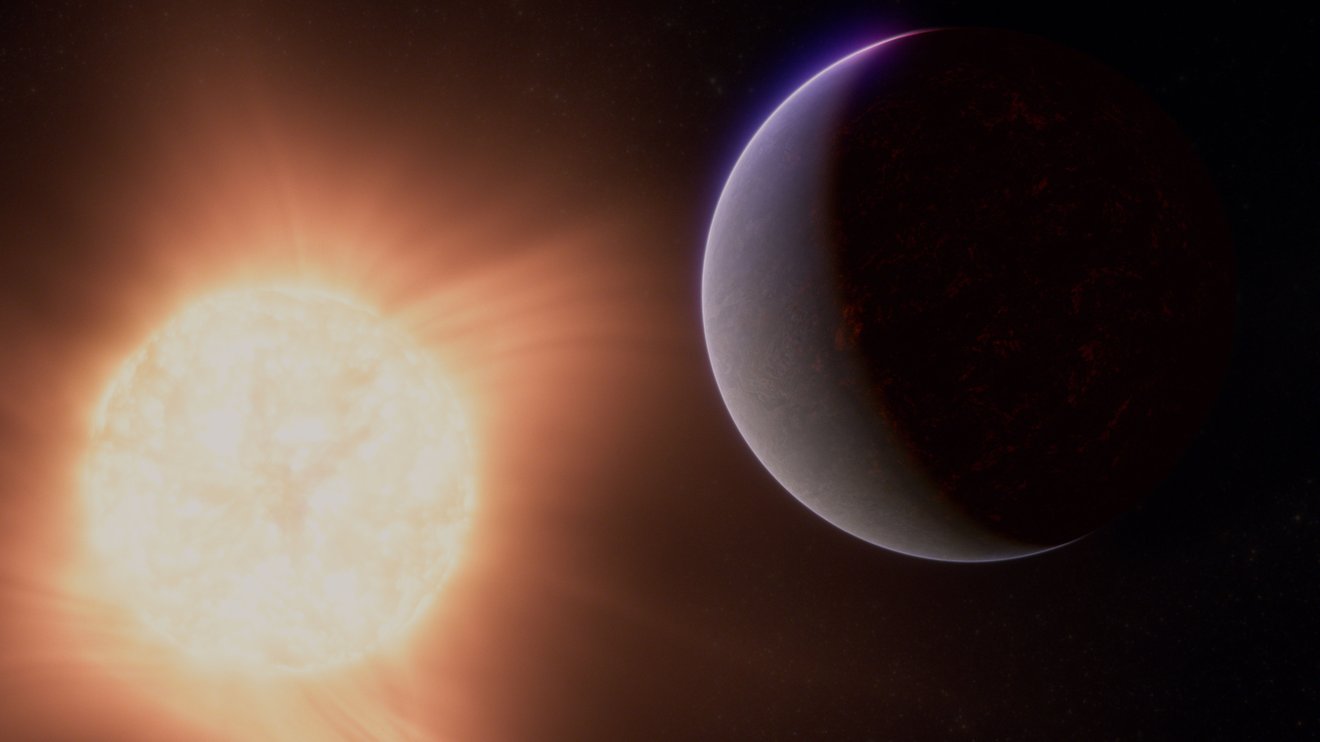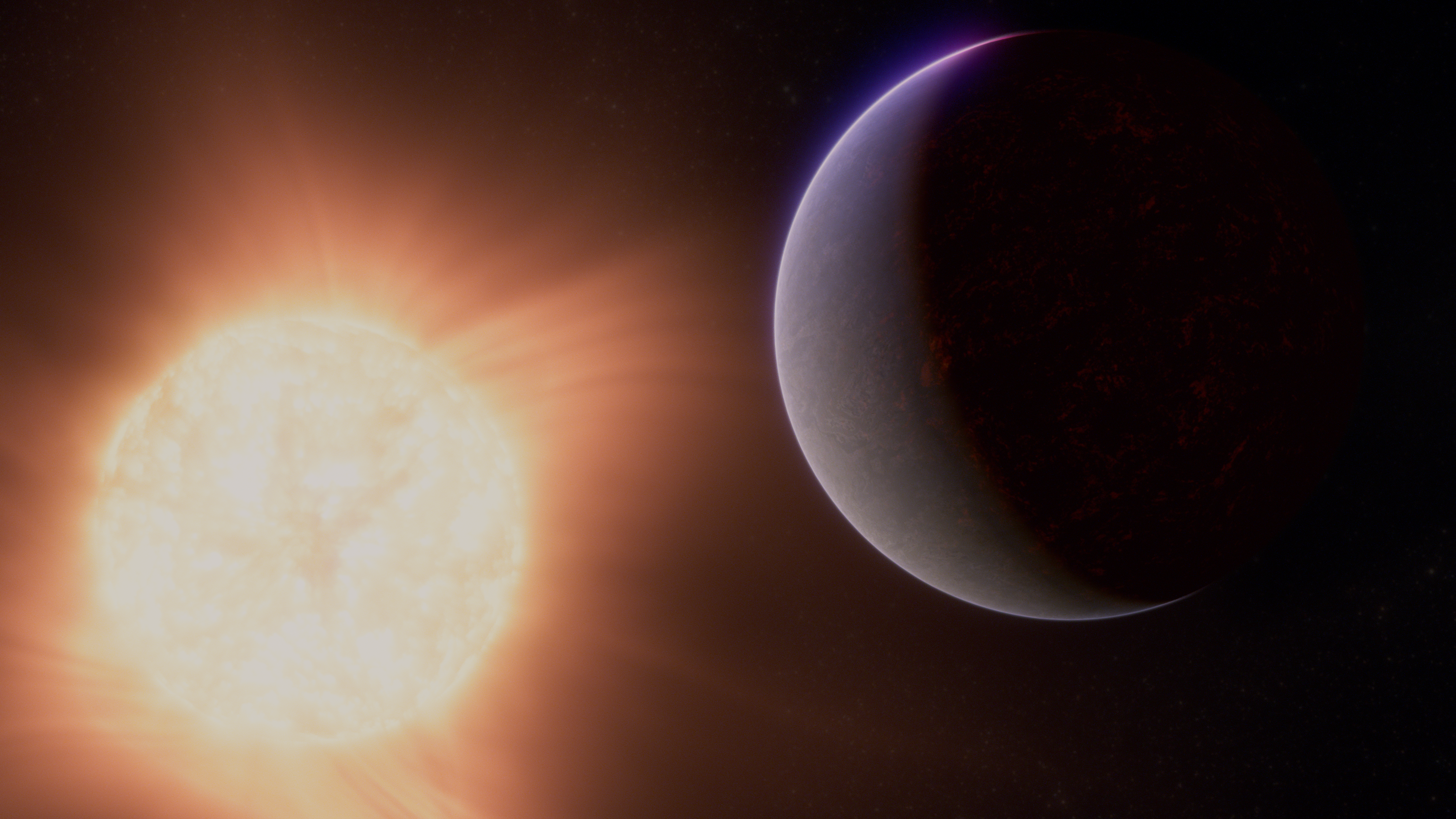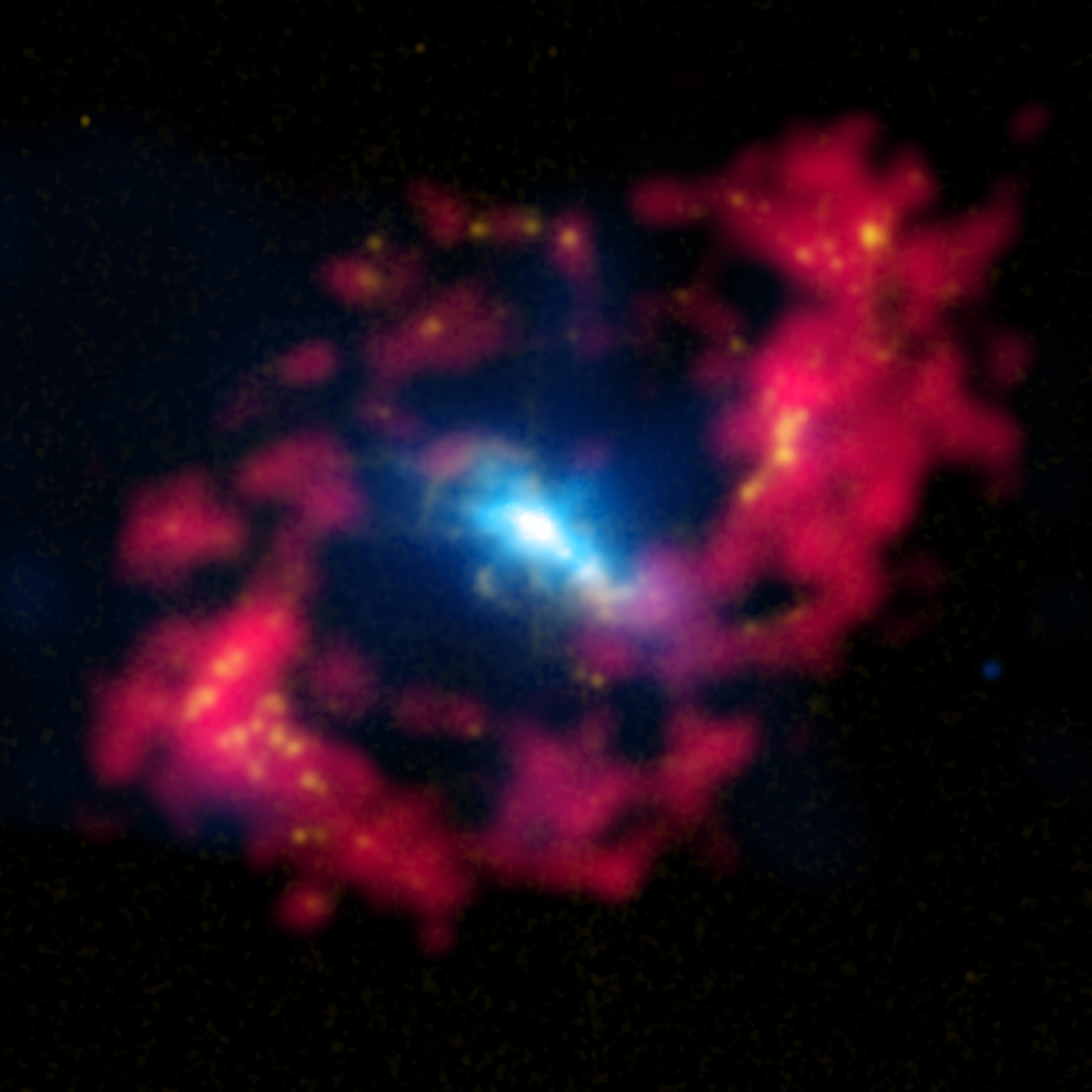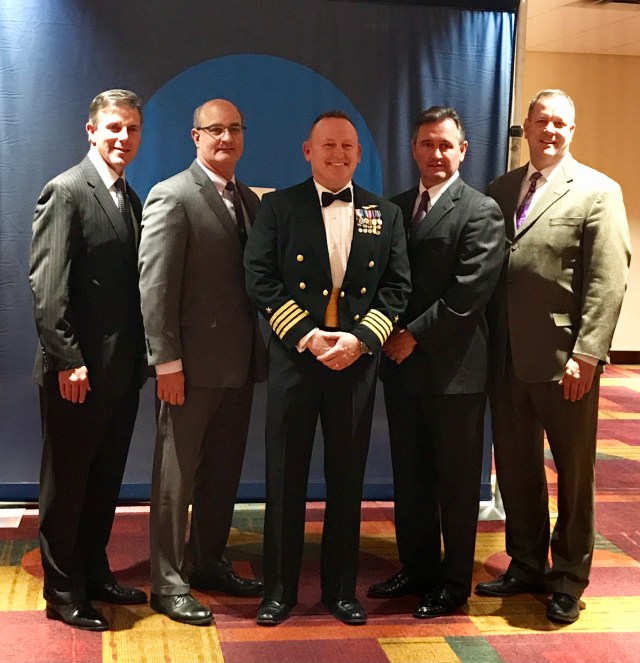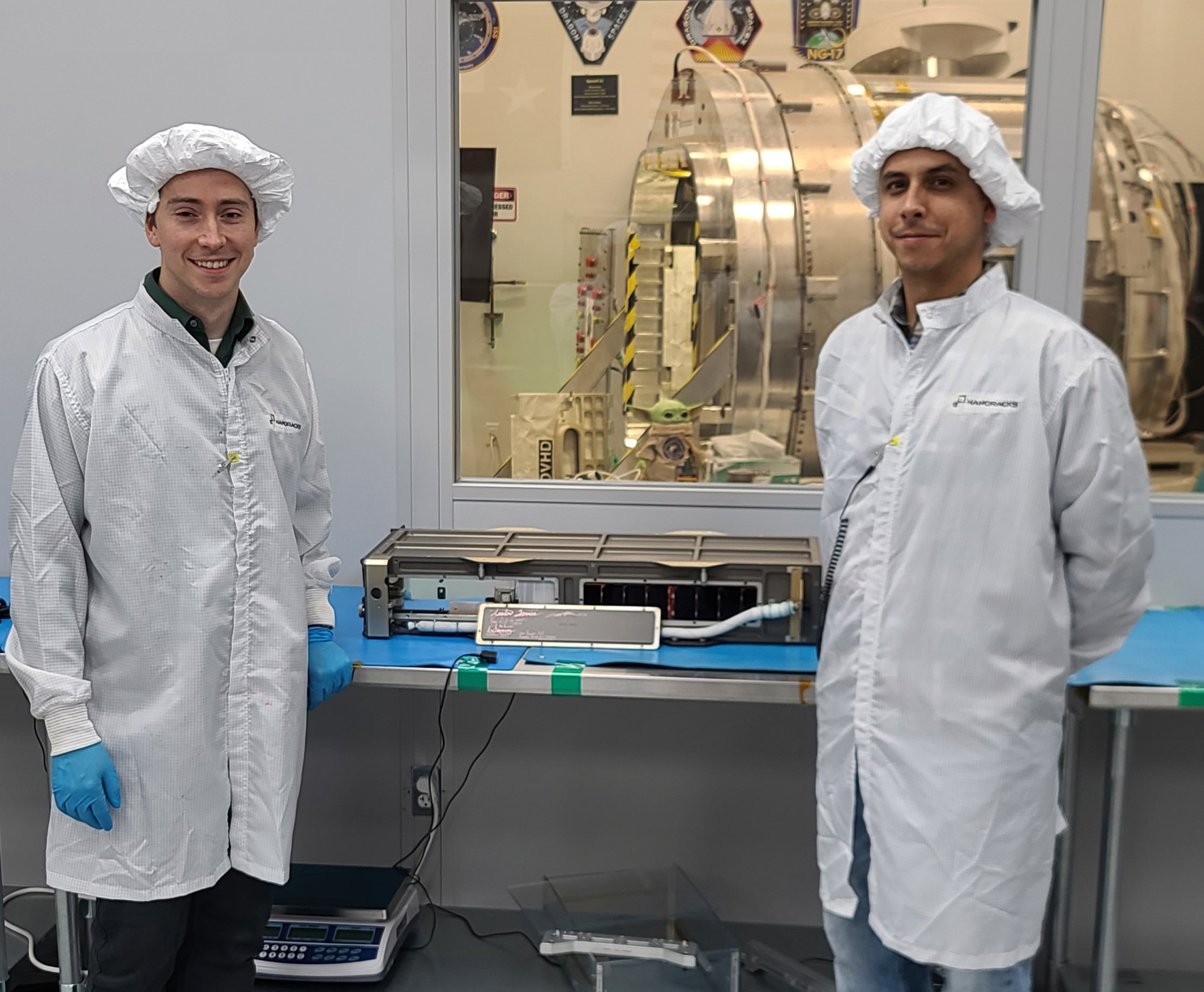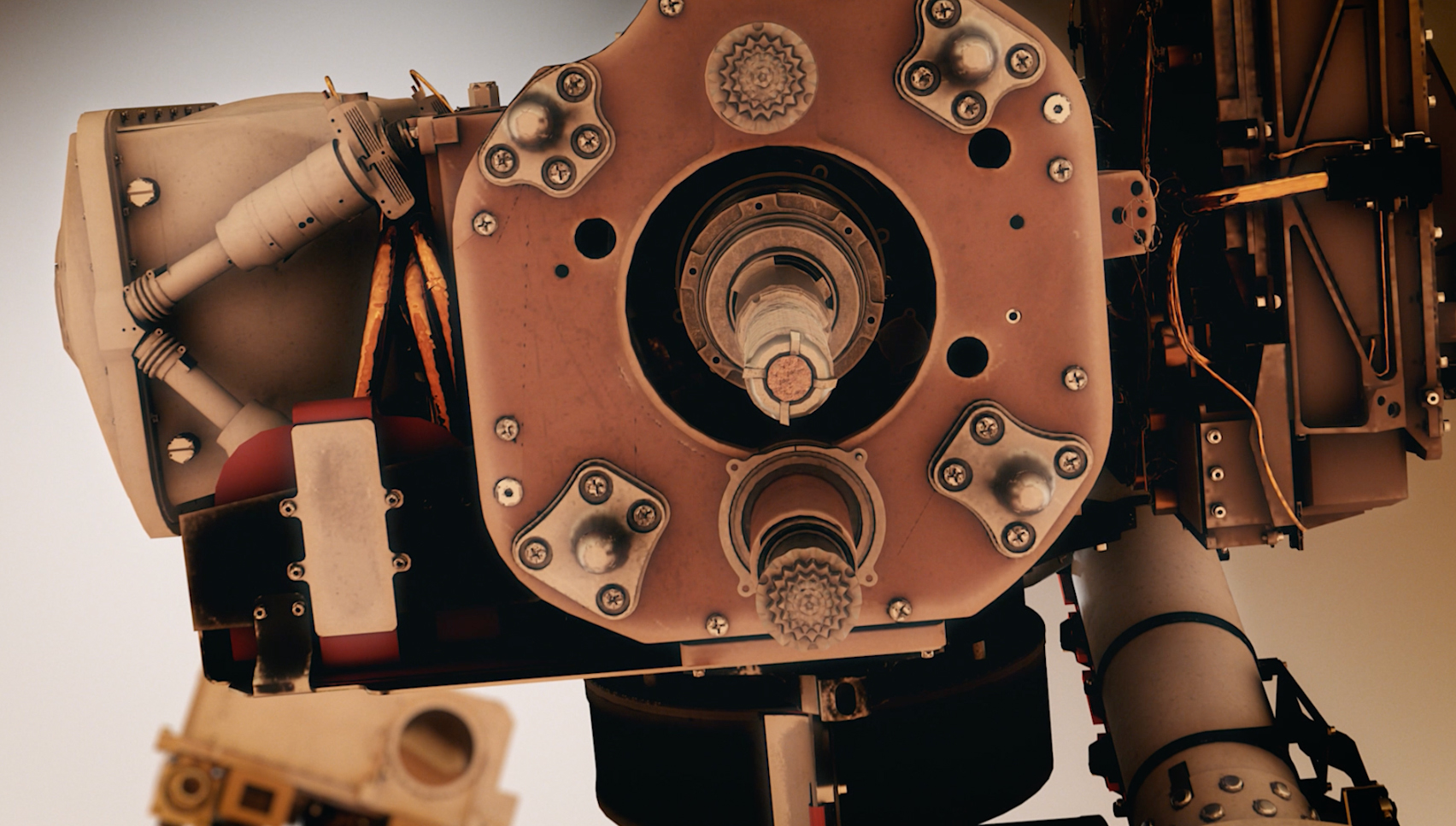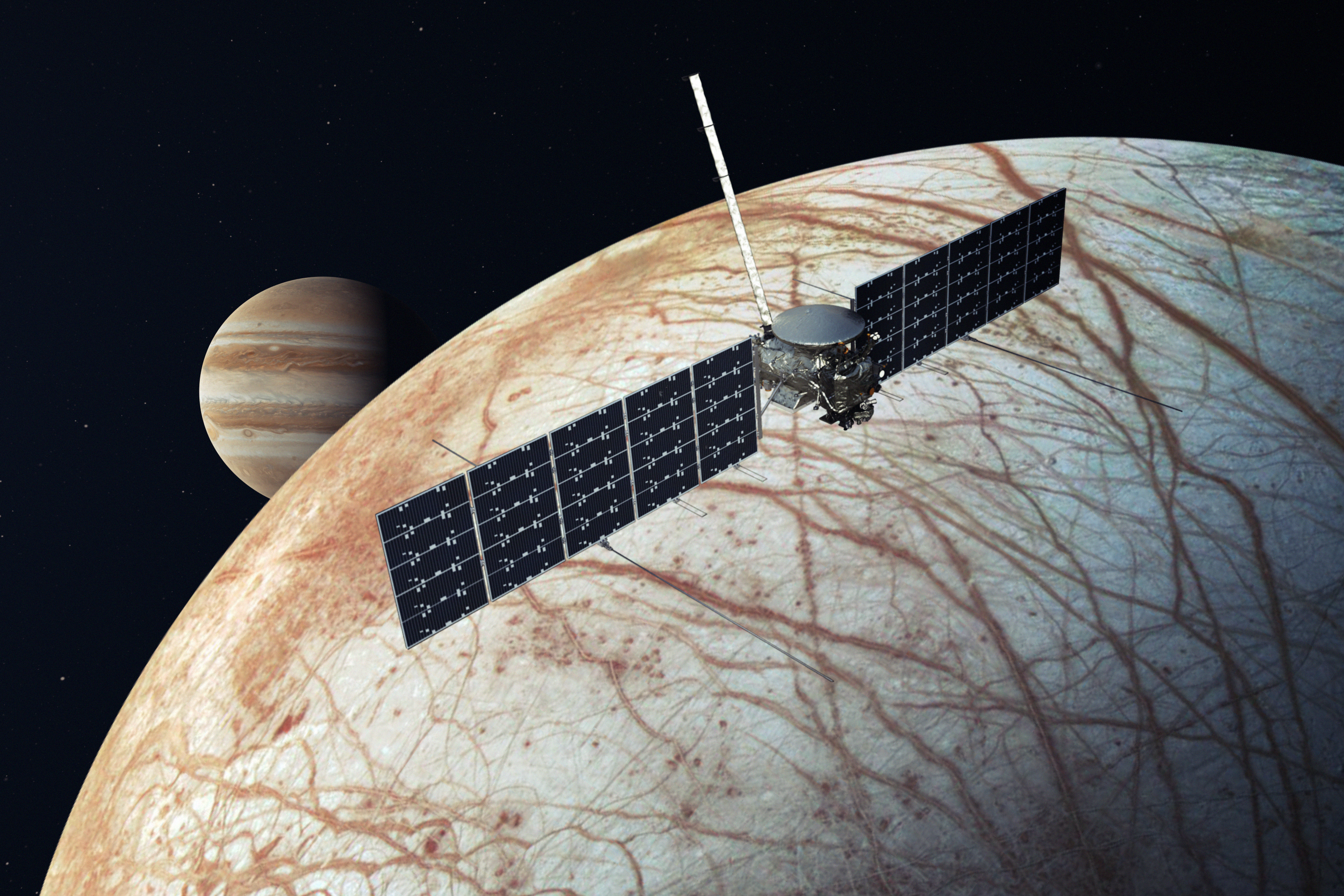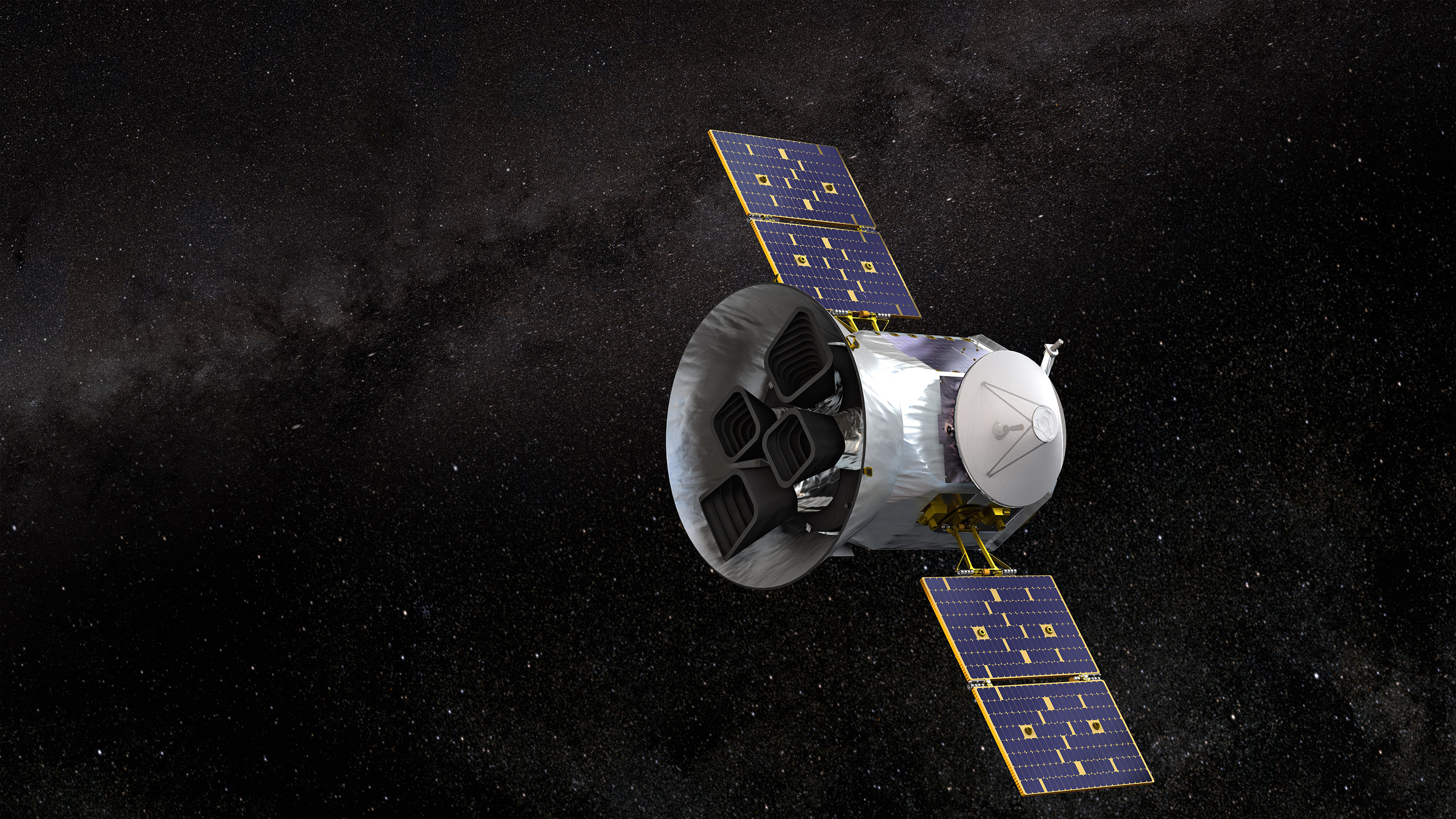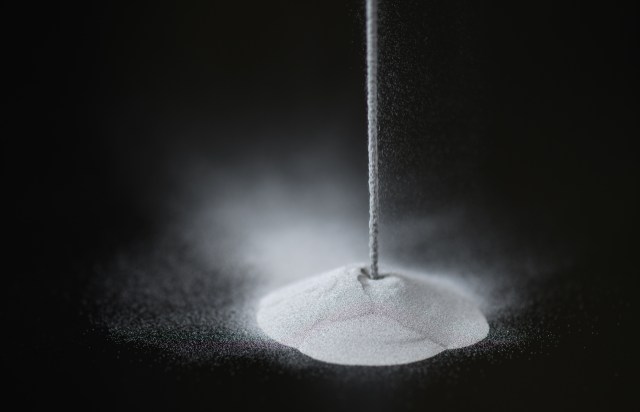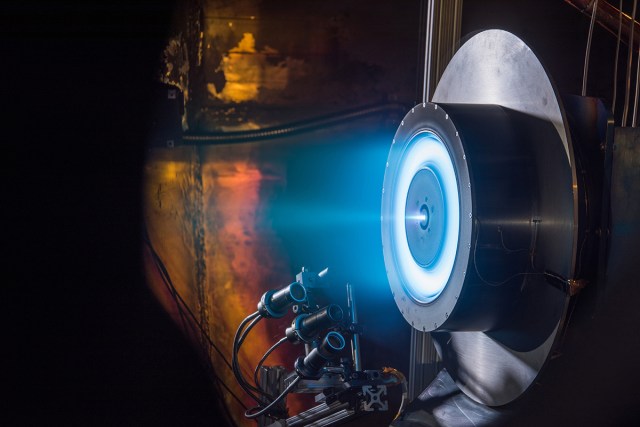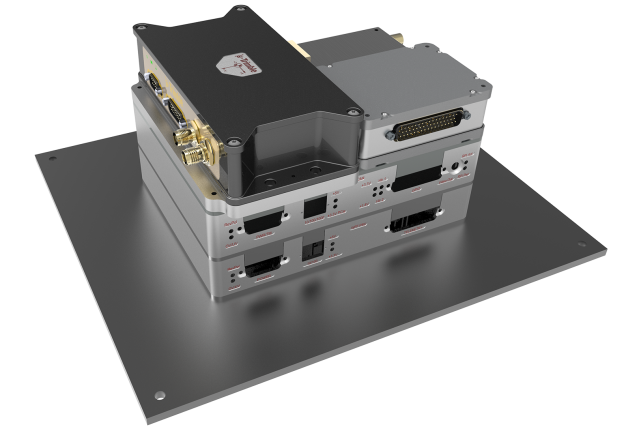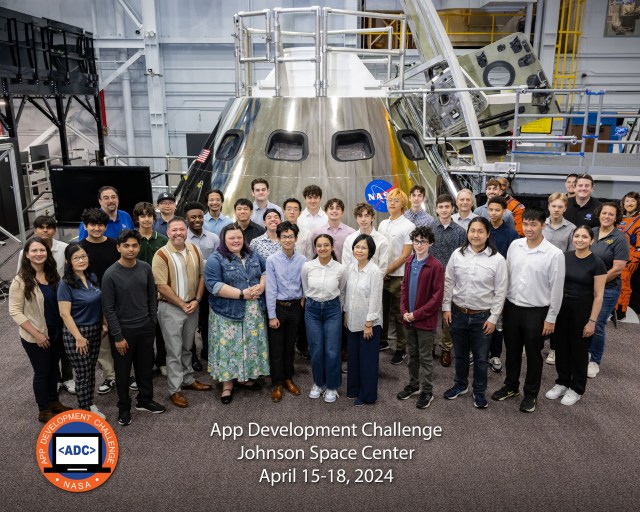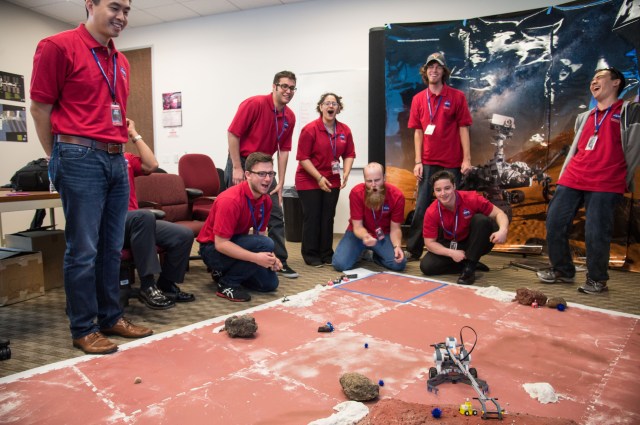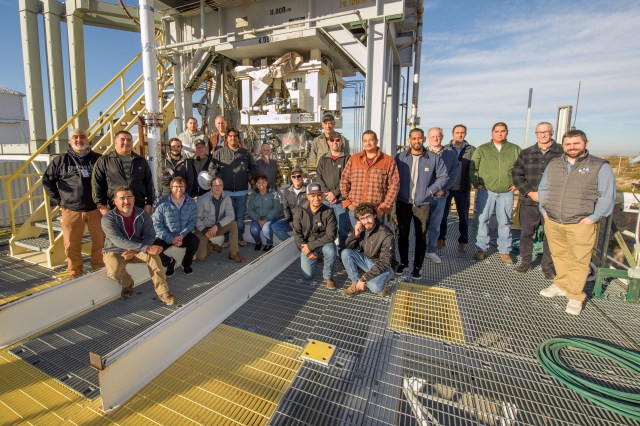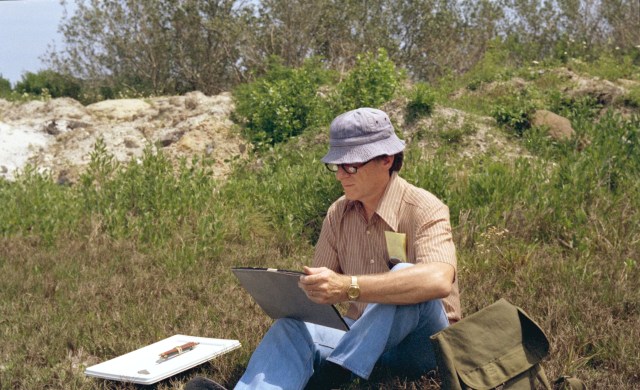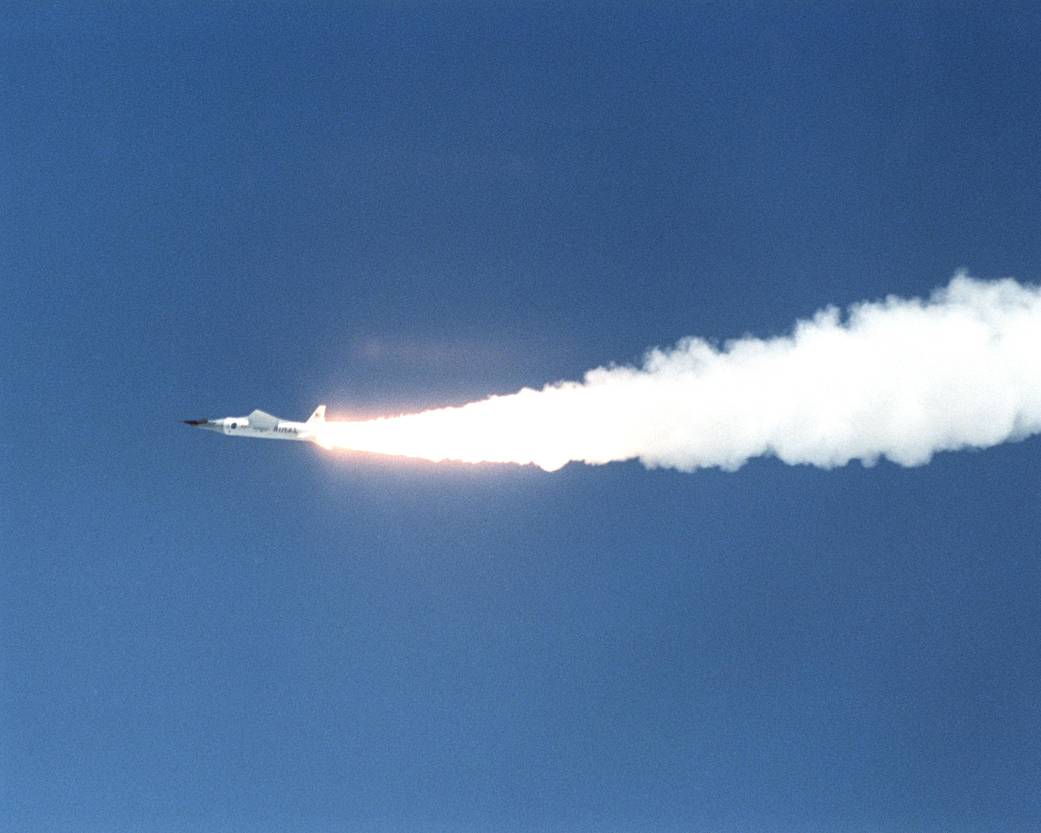EC01-0182-35
The first X-43A hypersonic research aircraft and its modified Pegasus booster rocket were carried aloft by NASA’s NB-52B carrier aircraft from Dryden Flight Research Center at Edwards, CA, on June 2, 2001 for the first of three high-speed free flight attempts. About an hour and 15 minutes later the Pegasus booster was released from the B-52 to accelerate the X-43A to its intended speed of Mach 7. Before this could be achieved, the combined Pegasus and X-43A “stack” lost control about 8 seconds after ignition of the Pegasus rocket motor. The mission was terminated and explosive charges ensured the Pegasus and X-43A fell into the Pacific Ocean in a cleared Navy range area. A NASA investigation board was assembled to determine the cause of the incident. Work continued on two other X-43A vehicles, the first of which was expected to fly by late 2001. Central to the X-43A program was its integration of an air-breathing “scramjet” engine that could enable a variety of high-speed aerospace craft, and promote cost-effective access to space. The 12-foot, unpiloted research vehicle was developed and built for NASA by MicroCraft Inc., Tullahoma, TN. The booster was built by Orbital Sciences Corp. at Chandler, AZ.June 2, 2001NASA Photo / Jim Ross› X-43A Project Description
2 min read



